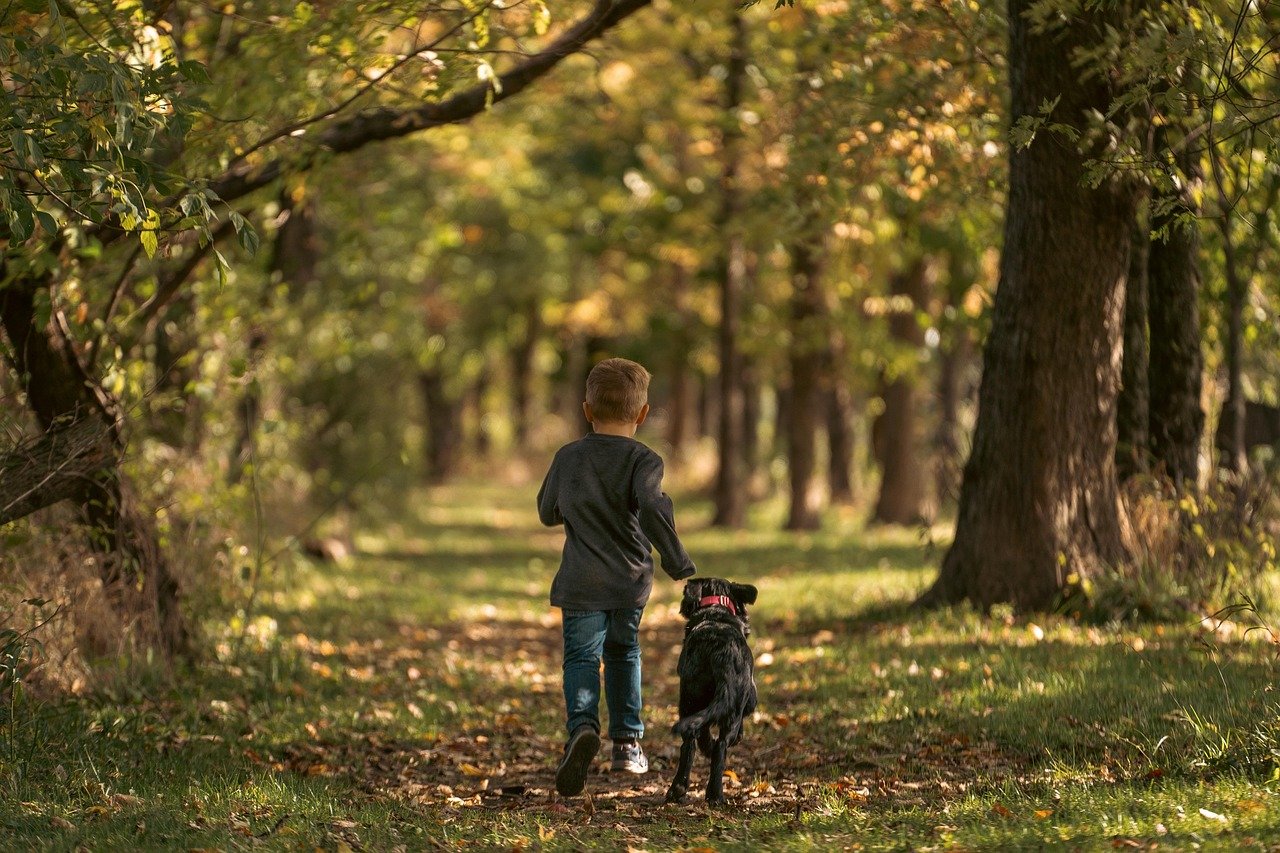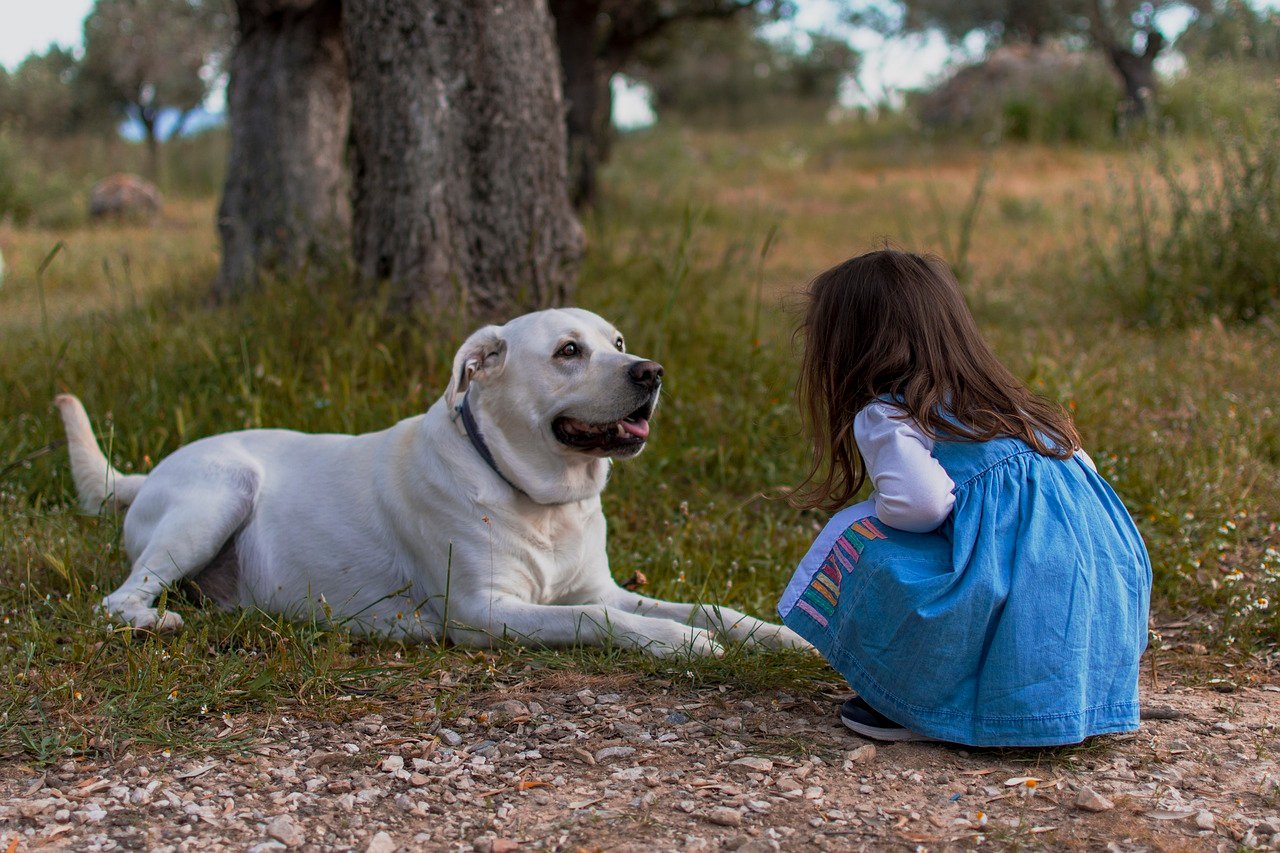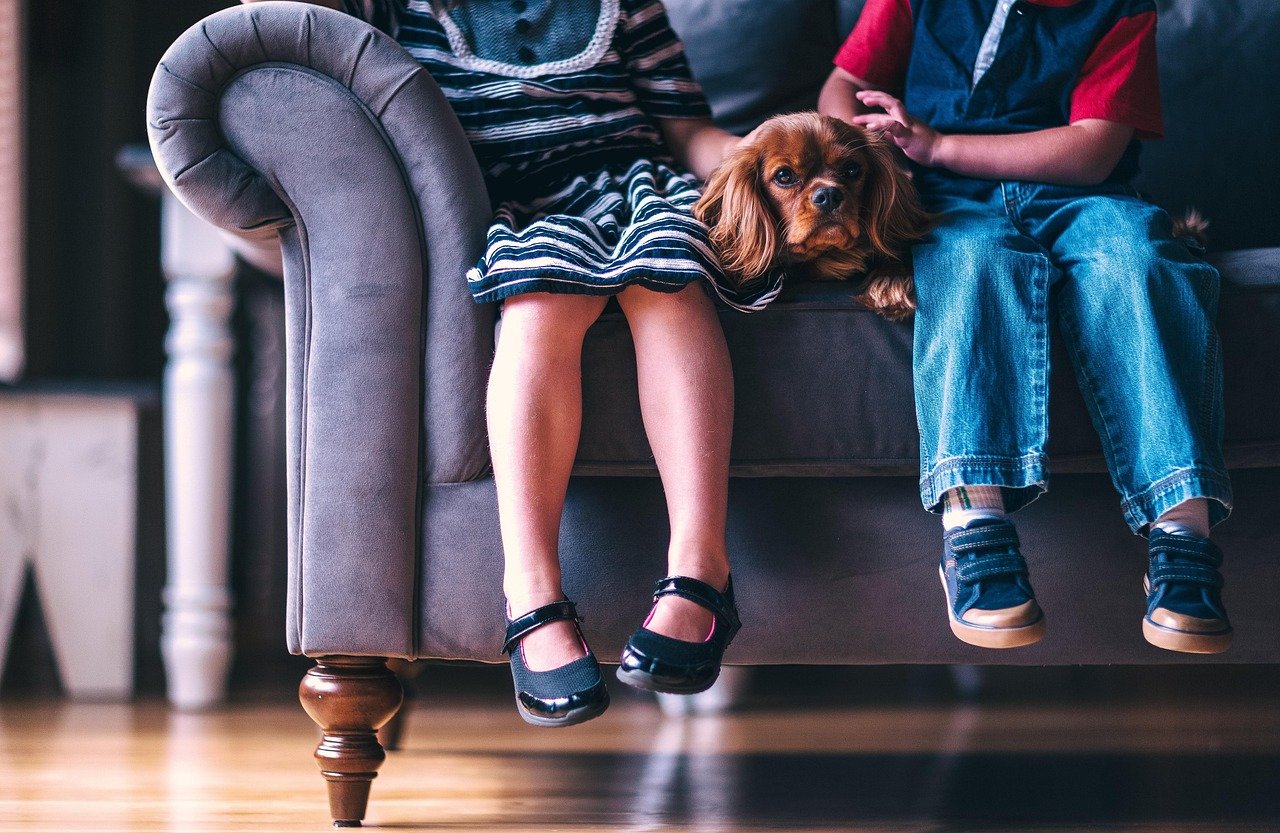Have you ever seen your dog’s eyes go wide with worry when the grandkids come charging in, full of love but lacking a little in doggy etiquette? It’s a scene many grandparents know all too well: torn between the joy of family and the stress of keeping the peace between kids and canines. The truth is, teaching your grandchildren to respect your dog’s boundaries isn’t just about keeping tails wagging—it’s about building a bond of trust, safety, and kindness that will last a lifetime. If you want your home to be a haven for both your furry friend and your favorite little humans, here’s how to get everyone on the same page and create memories filled with laughter, not growls.
Start With a Heart-to-Heart Conversation

Before the grandkids even set foot in your house, it’s important to have a gentle, honest talk about your dog’s needs and feelings. Kids often see dogs as living teddy bears, but dogs have their own likes and dislikes—just like people do. Explain in simple words that dogs can’t talk, so they show how they feel with their bodies and faces. Let your grandchildren know your dog isn’t grumpy or mean, but needs space sometimes. Use stories or examples, like comparing your dog to a friend who doesn’t always want a hug. You could say, “Remember when you felt shy at your school play? Sometimes our dog feels that way too.” This helps set the groundwork for empathy and understanding.
Introduce the “Ask First” Rule

One of the golden rules for child-dog interaction is always to ask before touching. Teach your grandchildren to pause and ask, “Can I pet the dog?” before reaching out. This gives your dog a chance to decide if they’re comfortable and gives you a moment to check if the timing is right. Make it fun by practicing the rule with stuffed animals first, or role-playing where you switch places—sometimes you’re the dog, sometimes the grandchild is. This not only reinforces the habit but also helps kids see things from the dog’s perspective.
Recognizing Dog Body Language
Dogs communicate so much with their tails, ears, and even their eyes. Show your grandchildren some common dog signals: a wagging tail doesn’t always mean happiness, and a tucked tail or flattened ears often means a dog is scared or anxious. Bring out picture books or draw simple doodles to illustrate these signs. You could even play a “guess the mood” game, where you show pictures of your dog or other dogs and have your grandkids guess how the dog feels. The more they understand what your dog is trying to say, the less likely they are to cross boundaries by accident.
Setting Up Safe Spaces for Your Dog
Every dog needs a place to retreat when things get a bit too lively. Show your grandchildren where your dog’s bed, crate, or “quiet corner” is, and explain that these are off-limits zones when the dog is resting. Compare it to their own bedrooms or a cozy reading nook—places where they wouldn’t want to be disturbed. Make a simple rule: if the dog goes to their safe space, it means “leave me alone.” You can even give your grandkids a job, like being the “quiet zone guard,” to make them feel involved and responsible.
Demonstrating Gentle Touch and Calm Voices

Young children get excited, and sometimes their love can be a little too enthusiastic for a sensitive dog. Show your grandchildren how to use gentle hands and calm voices around the dog. You could demonstrate with a soft toy, petting it gently, and speaking in a soothing tone. Let them practice and praise them when they get it right. If your dog enjoys being petted, let the kids take turns gently stroking the dog’s back, always under your supervision. Remind them that no pulling on tails, ears, or fur is allowed—imagine how it would feel if someone tugged their hair!
Playing Dog-Friendly Games Together
Playtime is a wonderful way for kids and dogs to bond, but not every game is safe or fun for dogs. Teach your grandchildren safe games like fetch (with you tossing the ball and the kids cheering), hide-and-seek with treats, or “find the toy.” Avoid roughhousing or games where kids might chase or corner the dog. Guide them with suggestions, like, “Let’s see if the dog can find the treat you hid under the cushion,” turning it into a fun family challenge. This way, everyone can play together without stress or confusion.
Establishing Consistent Rules and Routines
Dogs thrive on routine, and so do kids. Set clear, simple rules that everyone follows, like “no touching the dog while eating” or “only adults give treats.” Write these rules down or make a colorful poster together so the grandkids can remember them. Consistency is key—if rules are sometimes ignored, both kids and dogs get confused. You might even make a “doggie rules” song or chant to help younger grandchildren remember the boundaries in a fun way.
Handling Mistakes With Patience
Accidents happen—sometimes a grandchild gets too close, or the dog gets startled. When boundaries are crossed, stay calm and use the moment as a gentle learning opportunity. Avoid scolding or shaming; instead, explain what happened and how to do better next time. For example, “It looks like the dog got scared when you shouted. Next time, let’s use our inside voices.” Kids learn best when they feel safe and loved, just like dogs do. Show forgiveness, and don’t let one mistake spoil the visit.
Encouraging Positive Experiences and Rewards

When your grandchildren respect your dog’s boundaries, celebrate it! Praise them for asking before petting, for letting the dog nap, or for using gentle hands. You might reward them with stickers, extra playtime, or a special snack. Positive reinforcement works wonders for both kids and dogs—it turns good behavior into a habit. Share stories about how proud you are of their kindness, and let them see how much happier and relaxed your dog is, too.
Sharing Stories and Building Empathy
Sometimes, the best lessons come from sharing stories—your own, or even make-believe. Tell your grandkids about times your dog was scared or needed space, or make up a story where a puppy learns to trust a new friend. Ask your grandchildren how they would feel if someone ignored their feelings. This helps them connect emotionally with your dog and see boundaries as an act of love, not just a rule. The stronger the empathy, the deeper the respect—soon, your grandkids might even start teaching others about dog boundaries themselves.
Teaching your grandchildren to respect your dog’s boundaries is an essential step in ensuring a safe and positive relationship for everyone involved. By setting clear rules, modeling gentle behavior, and encouraging empathy, you help children understand the importance of treating animals with kindness and awareness. These early lessons not only protect your dog’s well-being but also instill lifelong values in your grandchildren about compassion and responsibility. With your guidance, they’ll learn that trust and respect go both ways—building a bond with your dog that’s rooted in understanding, patience, and mutual care.
Jen is a passionate nature lover and ocean conservationist. She has dedicated her life to protecting the environment and preserving the beauty of the natural world. Growing up in a small coastal town, Jen sincerely appreciated the ocean and its inhabitants. She has spent countless hours exploring the shoreline, learning about the creatures that inhabit the waters, and advocating for their protection. Jen is an active member of ocean conservation organizations, and she is committed to educating the public about the importance of conserving wildlife and the natural environment.






